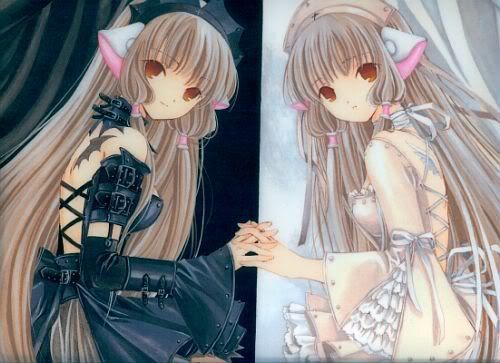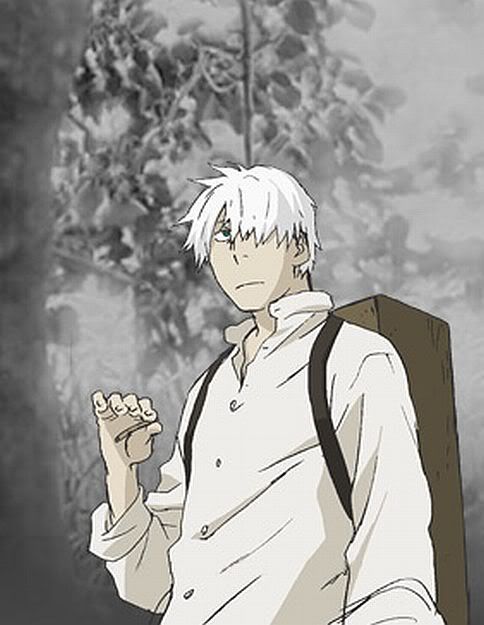
You know I was really surprised that this anime is still as popular as it is.
The Prince of Tennis is a popular Japanese manga and anime written and illustrated by Takeshi Konomi.
First published in Japan in Shueisha's Weekly Shōnen Jump in July 1999, the manga ended publication on March 3, 2008.
A total of 379 chapters were written, comprising 42 volumes. It has sold over 40 million copies in Japan.
The manga is published in English in North America by Viz Media.
It was adaptated into an anime series directed by Takayuki Hamana, animated by Trans Arts and co-produced by Nihon Ad Systems and TV Tokyo.
The anime aired in Japan on the anime satellite television network Animax and the terrestrial TV Tokyo network from October 10, 2001 to March 30, 2005, spanning a total of 178 episodes. There was also a feature movie.
In April 2006, an OVA continuation of the anime began to be released on DVD. The beginning of the second OVA series was released on June 22, 2007. The second OVA ended on January 25, 2008, and the third and final OVA started on April 25, 2008.
Since April 2003, over fifteen stage musicals have been produced for the series. An animated movie was released in 2005, as well as a live action movie in 2006. In addition, a 22-episode-long live-action television drama began airing in China on July 25, 2008. The franchise has also had a long running radio show, several video games, soundtracks, and other assorted merchandise and collectibles.



